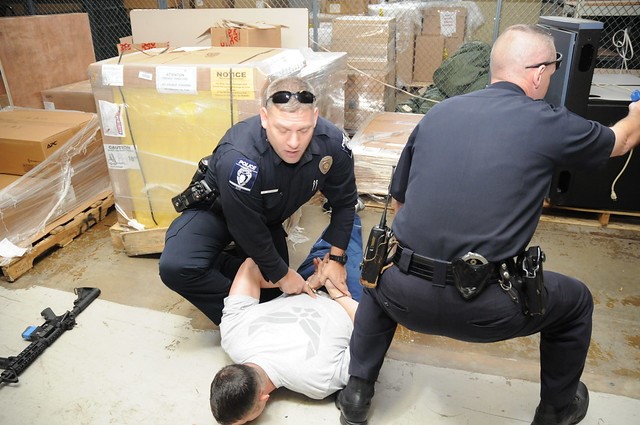
Keeping your employees safe when an Institutional Emergency Occurs
For those who are employed in the challenging field of medical, mental health or corrections, dealing with direct care clients often is a reactionary experience. It is difficult to anticipate if or when an event may occur. There are many emergencies that happen on a frequent or even a daily basis.
What are the most common types of institutional emergencies?
- Disturbance emergencies: some examples are arguments between inmates/inmates and inmates/staff, to physical altercations, self-injurious behavior, and from minor disturbance to a major riot.
- Medical emergencies: examples of common medical emergencies are; small cuts and bruises, major injuries from natural causes and/or fights, major medical problems like a heart attack or suicide attempt.
- Fire emergencies: Fires are always a concern because of the danger of direct fire or the smoke generated by the fire along with the accompanying panic response.
- Miscellaneous emergencies: this category is a catch all category of less common group of emergencies.
When any one of these emergencies occur employees must be ready to respond immediately.
Therefore, it is important for employees at all levels to be educated with current trainings so that they can be prepared. Preparedness includes various types of training as well as providing employees with all available tools.
Employee personal safety can be effortless so long as the leadership of the agency reinforces the training and support. Here are a few of the beneficial outcomes of consistent training, guidance and support of employees;
- reduce work-related illnesses and absence;
- avoid the financial costs of accidents and occupational ill health;
- develop a positive health and safety culture
- ensure that your employees know how to work safely and without risks to their health.
It is easy to say that the leadership must be proactive in the implementation of safety measures for employees, but it is equally important that the employee buy-in is present and must always be maintained.
Okay, so what do we mean? Here are some examples of what employees need to assist with their personal safety;
- Be aware of their surroundings
- Follow security and operating procedures
- Present a professional attitude with clients and staff
- Look for subtle attempts to personalize your relationship
- Maintain a personal safety zone
- Take care of each other and express your movements with each other.
A previously stated, working in an institutional setting is challenging and many times incidents and events occur spontaneously. It is of the utmost importance that employees are trained for immediate and appropriate response to the event. Training is one tool in the toolbox and another important one is technology.
Employees must believe that the leadership team has provided them with the most advanced technology for response. Employees will believe that they are even more supported when there is a system in place that will guarantee them rapid and an agency designed response to an event. An emergency alert response system is a simple, discreet and immediate system that responds with a push of the icon on your phone or desktop. It is recommended that the one you purchase can be customized to meet the needs of individuals, agencies or companies.
References
Klugiewicz, Gary T. (2007). How to respond to correctional emergencies
When facing emergencies, correctional officers must be ready and trained to deliver a measured, systematic response https://www.correctionsone.com/products/communications/crisis-communications/articles/how-to-respond-to-correctional-emergencies-WxlOj703Zt0UNGG8
Accessed March 3, 2020
Fit for Work Team, February 3, 2017. Health and safety in the workplace https://www.fitforwork.org
